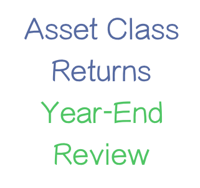
The problem with a lot of good advice is that you really don’t understand it without experience. For example, Jack Bogle always says “Stay the course”. I was lucky enough to trust in that advice, but it took me a while to really appreciate the power of investing in productive assets and then treating them with what I call beneficial neglect. That is, I make the most money when I fight off the urge to take action.
I managed again to do as very little during the hiccups, tantrums, seizures, or other bodily functions the markets had in 2015. As the year ends, we all like to take look back and assess the situation. Here are the trailing 1-year returns for select asset classes as benchmarked by passive mutual funds and ETFs. Return data was taken from Morningstar after market close 12/31/15.
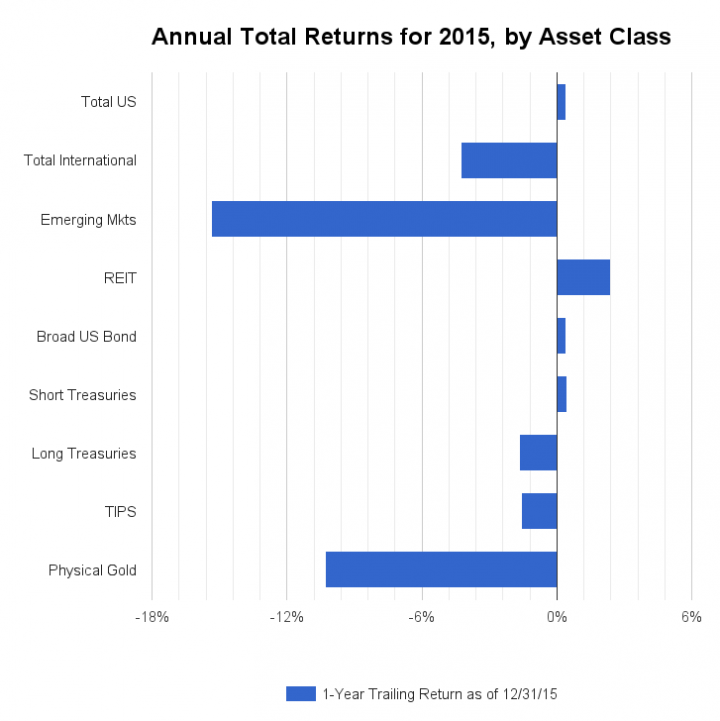
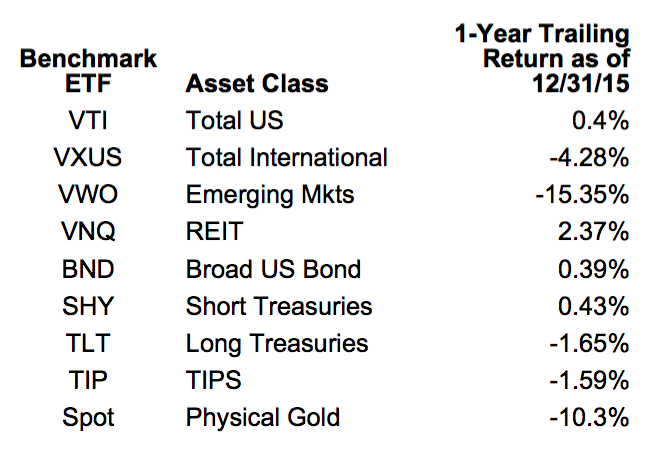
Stocks. The Total US Stock Market (VTI) ended up mostly flat, while the rest of the world’s markets (VXUS) dropped a little bit (~4%). Emerging Markets (VWO) did the worst, with a -15% total return. US REITs (VNQ) were up a little bit (~2%). If you were like most people and owned mostly US stocks with perhaps a little international exposure, you were probably close to breaking even.
Bonds. The Total US Bond Market (BND) and short-Term Treasuries (SHY) went up a little bit. Long-Term Treasuries (TLT) and Inflation-linked Treasuries (TIP) went the other way, going down a little bit instead. There were no huge moves, despite all the talk about interest rates.
Gold dropped around 10%, joining the other industrially-useful commodities in having a down year.
Another year, another batch of predictions into the shredder. How many people were saying that oil prices, already said to be “too low” at $50, would drop another 30% in value? Did anyone listen to me when I said not to speculate with the USO ETF? A funny book that came out this year was The Devil’s Financial Dictionary by Jason Zweig. Here’s how he defines forecasting:
Forecasting (n.) The attempt to predict the unknowable by measuring the irrelevant; a task that, in one way or another, employs most people on Wall Street.
Most people who owned a diversified portfolio in 2015 had their money go nowhere or perhaps lost a little bit of money. The 2015 total return of my personal investment portfolio was roughly -1.5%, right in that “meh” range. I imagine the people who like to focus on dividends, interest, and rental income collected them happily and went about their lives. That sort of mental framework is becoming increasingly appealing to me.
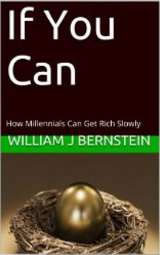 I just finished reading
I just finished reading  Chris Taylor of Reuters has been writing
Chris Taylor of Reuters has been writing 
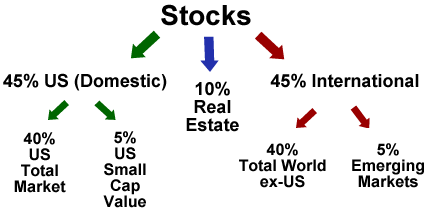
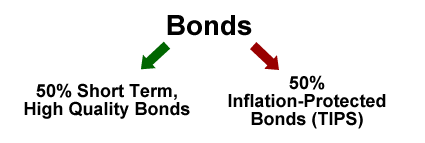
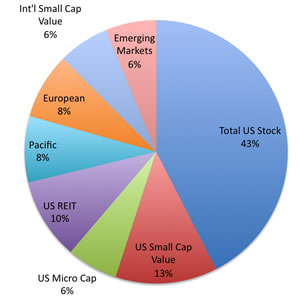
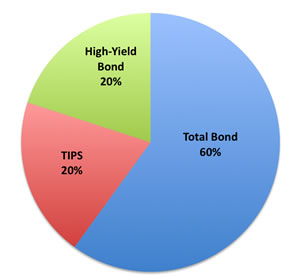
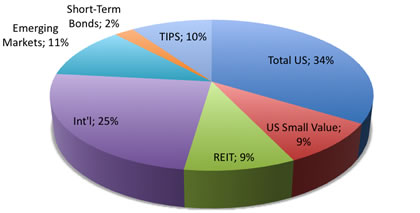
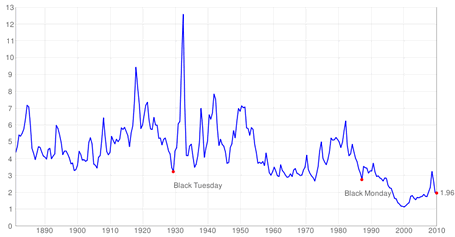
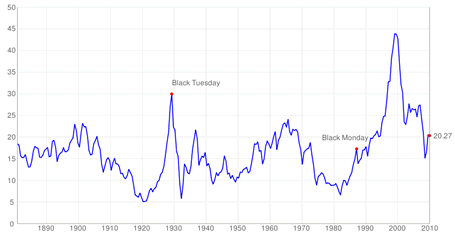
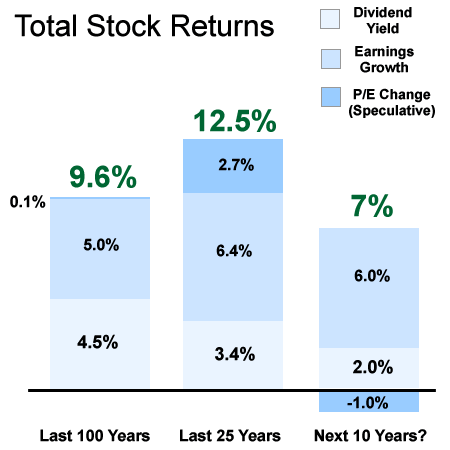
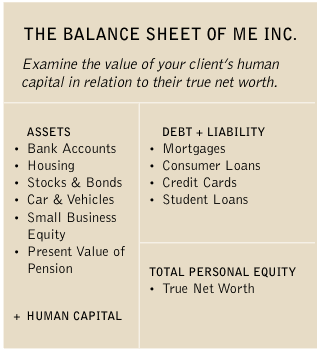


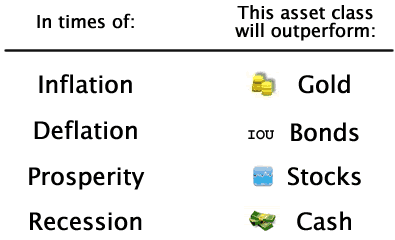
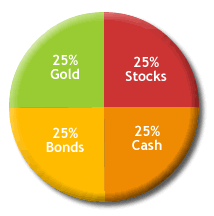
 The Best Credit Card Bonus Offers – 2025
The Best Credit Card Bonus Offers – 2025 Big List of Free Stocks from Brokerage Apps
Big List of Free Stocks from Brokerage Apps Best Interest Rates on Cash - 2025
Best Interest Rates on Cash - 2025 Free Credit Scores x 3 + Free Credit Monitoring
Free Credit Scores x 3 + Free Credit Monitoring Best No Fee 0% APR Balance Transfer Offers
Best No Fee 0% APR Balance Transfer Offers Little-Known Cellular Data Plans That Can Save Big Money
Little-Known Cellular Data Plans That Can Save Big Money How To Haggle Your Cable or Direct TV Bill
How To Haggle Your Cable or Direct TV Bill Big List of Free Consumer Data Reports (Credit, Rent, Work)
Big List of Free Consumer Data Reports (Credit, Rent, Work)